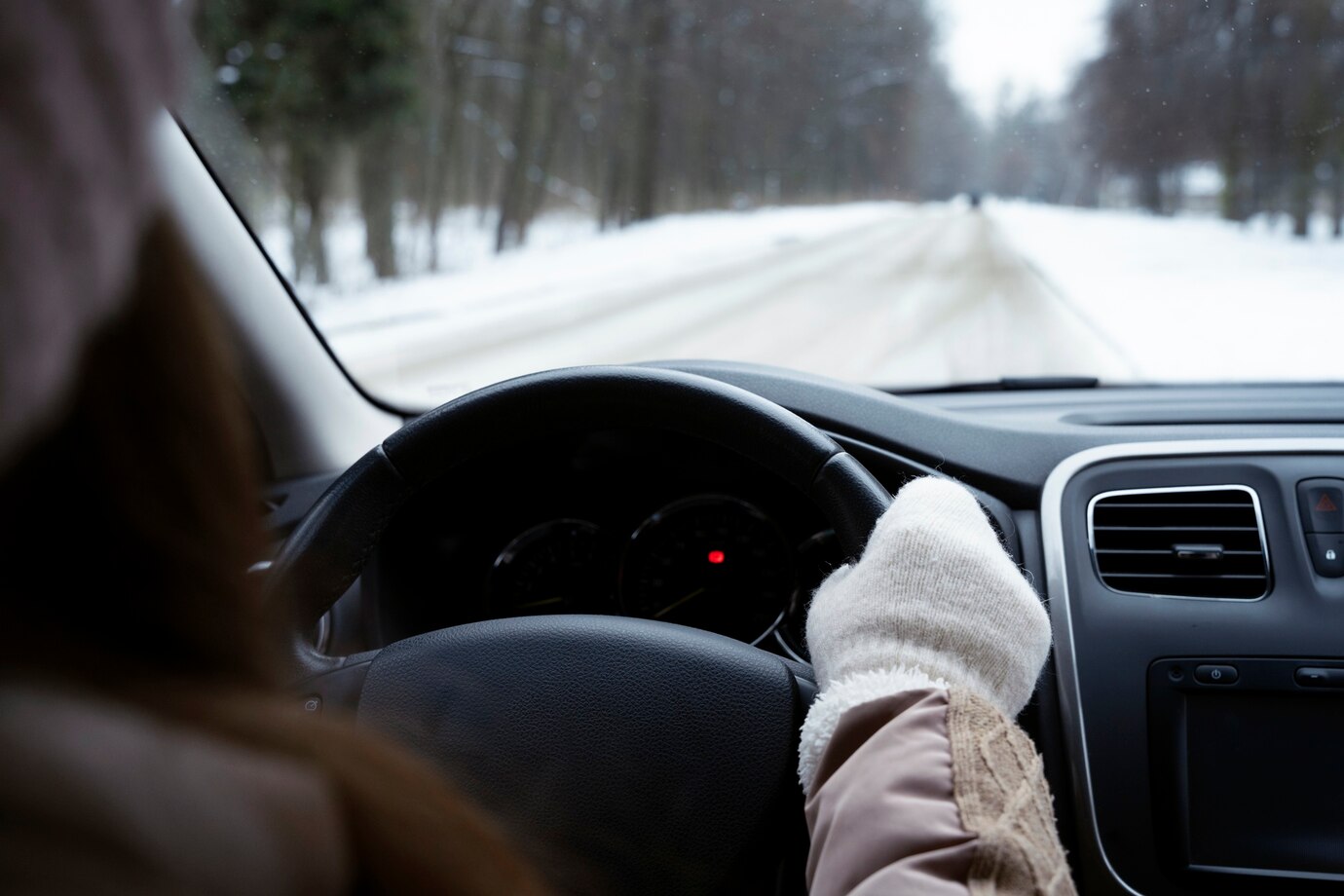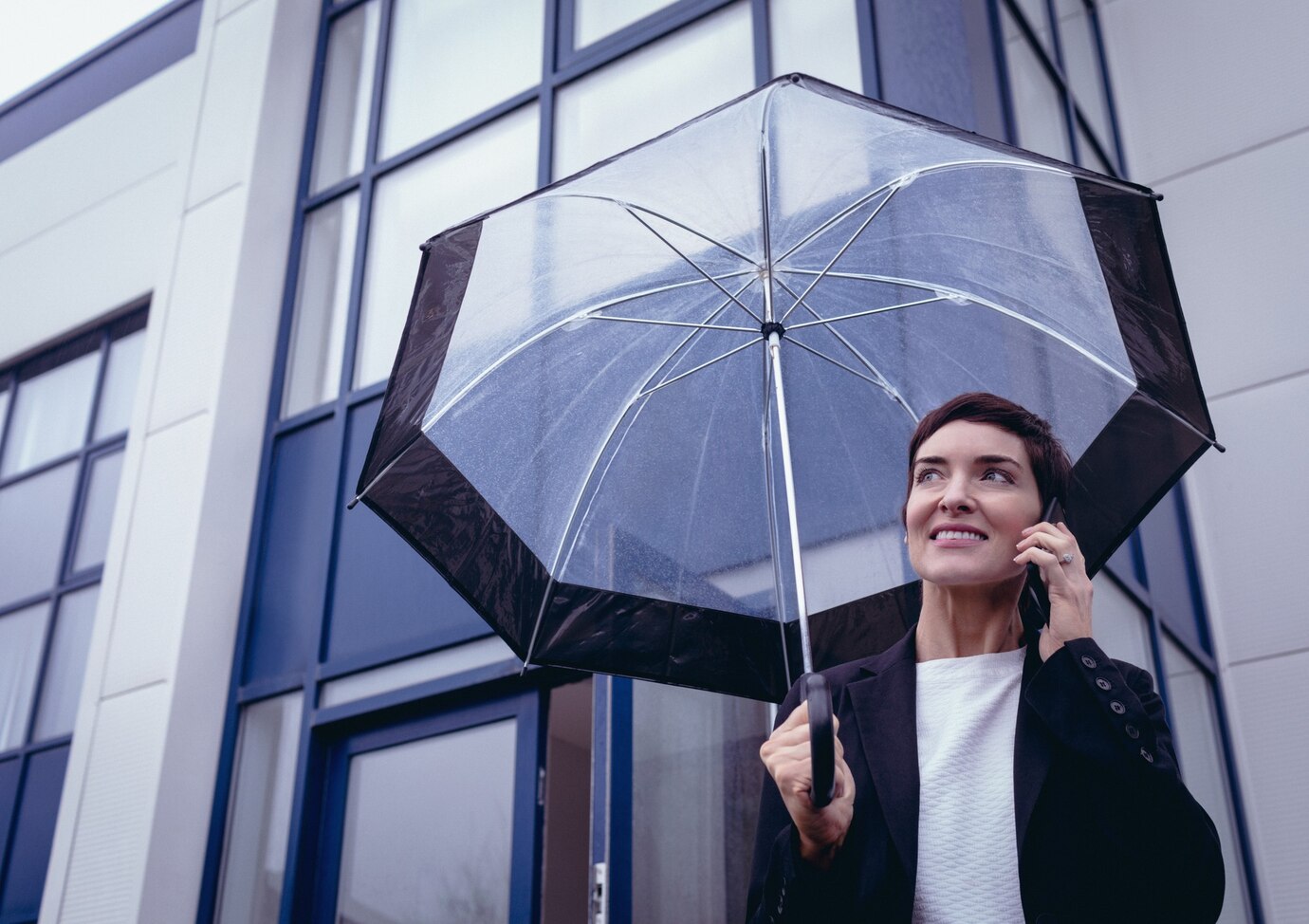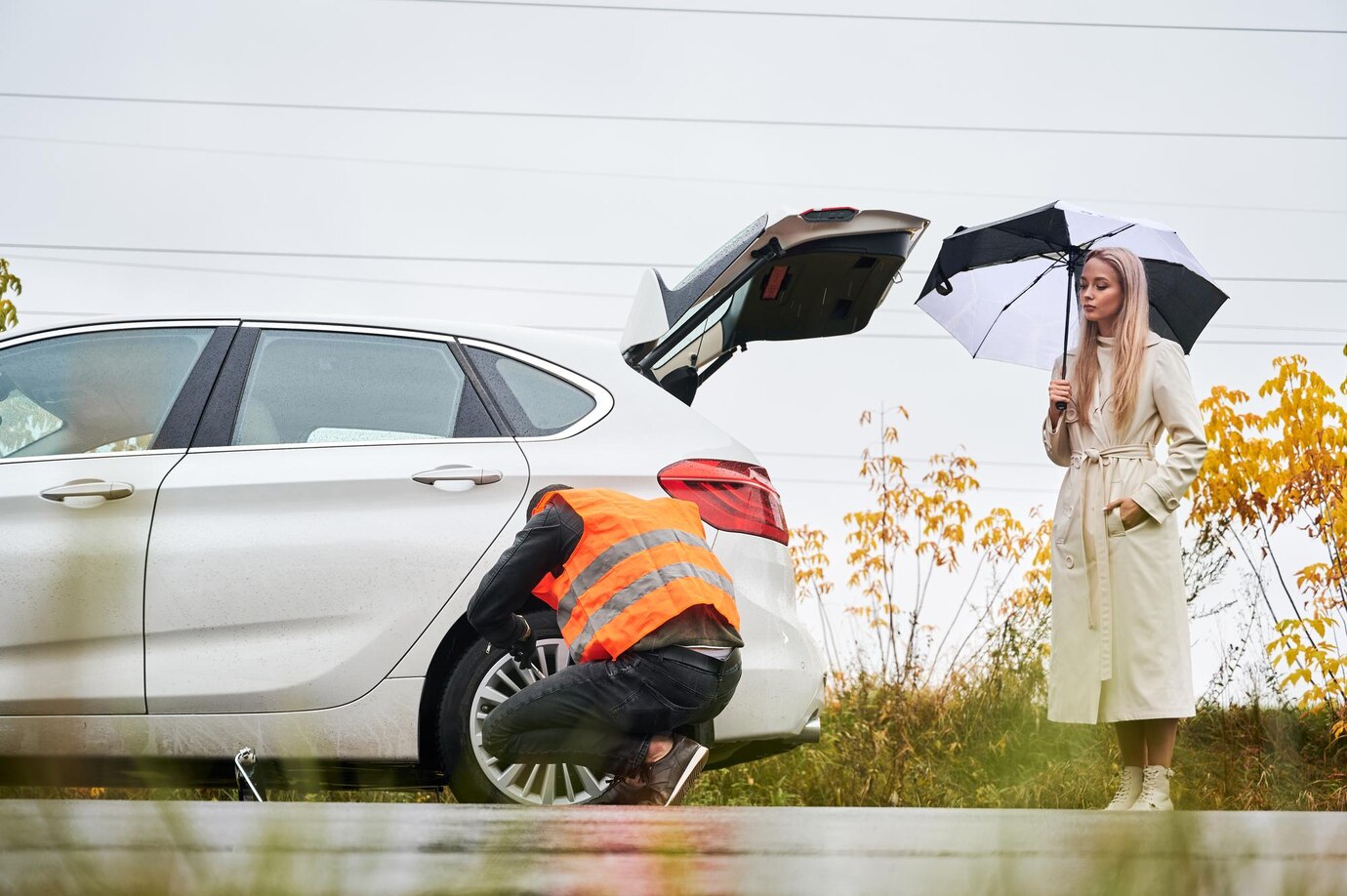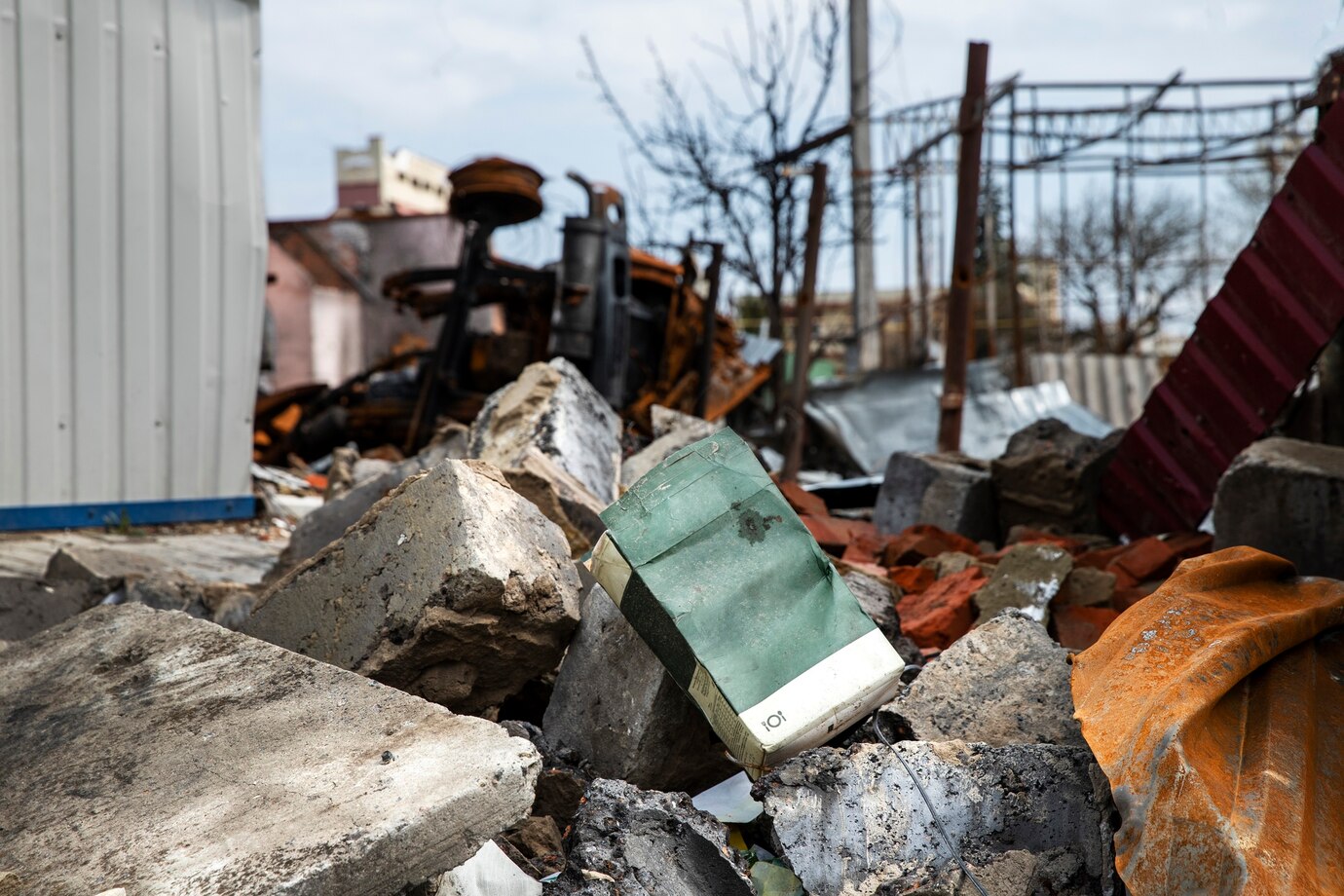Colorado’s winters bring breathtaking snow-covered landscapes but also hazardous road conditions. Icy roads, sudden snowstorms, and black ice contribute to thousands of accidents every year. Preparing for winter driving is crucial not only for safety but also for protecting your auto insurance rates. Here’s a comprehensive guide to staying safe on Colorado’s icy roads and ensuring your insurance coverage is ready for winter challenges.
Understanding the Risks of Winter Driving in Colorado
Winter weather increases the risk of auto accidents due to:
- Black ice: A nearly invisible layer of ice that causes vehicles to skid uncontrollably.
- Reduced visibility: Snowstorms and fog make it harder to see other vehicles and road signs.
- Slippery roads: Packed snow and ice reduce tire traction, making braking and turning dangerous.
- Sudden weather changes: Colorado’s unpredictable winter weather can turn clear roads into icy hazards within minutes.
Essential Winter Driving Safety Tips
Colorado drivers can take proactive steps to reduce risks when driving in snowy or icy conditions:
- Drive Slowly and Increase Following Distance
Speeding on icy roads is a recipe for disaster. Reduce speed and allow at least three times the usual stopping distance to prevent collisions.
- Use Winter Tires or Chains
Standard tires lose traction in extreme cold. Consider investing in winter-rated tires for better grip, or use chains when driving in mountainous regions where they are legally required.
- Avoid Sudden Braking or Acceleration
Slamming the brakes can cause your vehicle to skid. Instead, apply brakes gently and accelerate gradually to maintain control.
- Keep an Emergency Kit in Your Car
Winter emergencies can leave drivers stranded for hours. Keep a winter emergency kit in your vehicle with:
- Blankets and warm clothing
- Flashlight and extra batteries
- Non-perishable snacks and water
- First aid supplies
- Ice scraper and snow shovel
- Jumper cables
- Use Your Headlights and Defrost Properly
Visibility is key. Turn on low-beam headlights in snowy conditions and ensure windows are fully defrosted before driving.
- Know When to Stay Off the Roads
If road conditions are severe, avoid driving unless absolutely necessary. Stay updated with Colorado Department of Transportation (CDOT) road condition alerts before heading out.
How Winter Accidents Affect Your Auto Insurance
Winter accidents can lead to costly insurance claims, but understanding your policy can help minimize financial impact. Here’s what you should know:
Does Auto Insurance Cover Winter Weather Accidents?
Most comprehensive and collision insurance policies cover accidents caused by ice, snow, and winter conditions. Coverage includes:
- Damage from skidding on ice and hitting another vehicle or object
- Snow-related collisions with guardrails or light poles
- Damage from falling ice or tree branches
If you only carry liability insurance, damage to your own vehicle may not be covered.
How to Prevent Rate Increases After a Winter Accident
Frequent claims can lead to higher premiums. To avoid rate hikes:
- Drive cautiously to reduce accidents and keep a clean record.
- Consider accident forgiveness coverage if available.
- If damage is minor, weigh the out-of-pocket repair cost vs. filing a claim.
Winter Weather and Roadside Assistance
If you get stuck in the snow or have a winter-related breakdown, roadside assistance (often included in auto insurance policies) can help with:
- Towing services
- Battery jump-starts
- Flat tire changes
- Lockout services
Final Thoughts
Colorado’s winter roads can be treacherous, but proper preparation and cautious driving can help prevent accidents. Make sure your insurance policy provides the right coverage for winter-related incidents, and always check weather conditions before heading out. By following these winter driving safety tips, you’ll protect yourself, your passengers, and your auto insurance rates.











